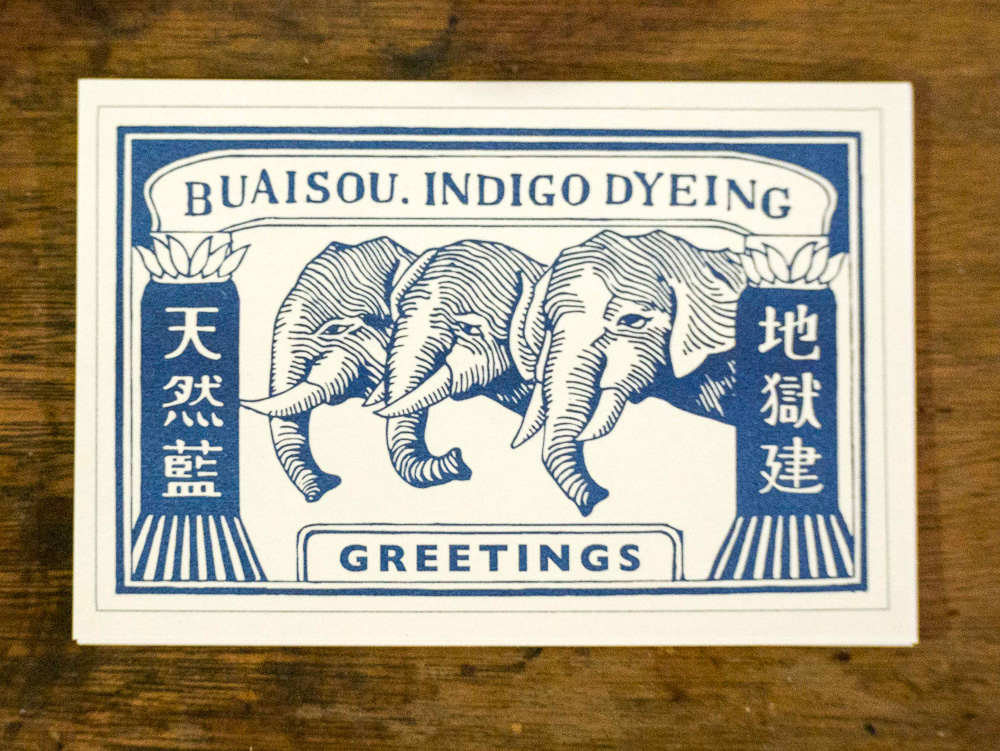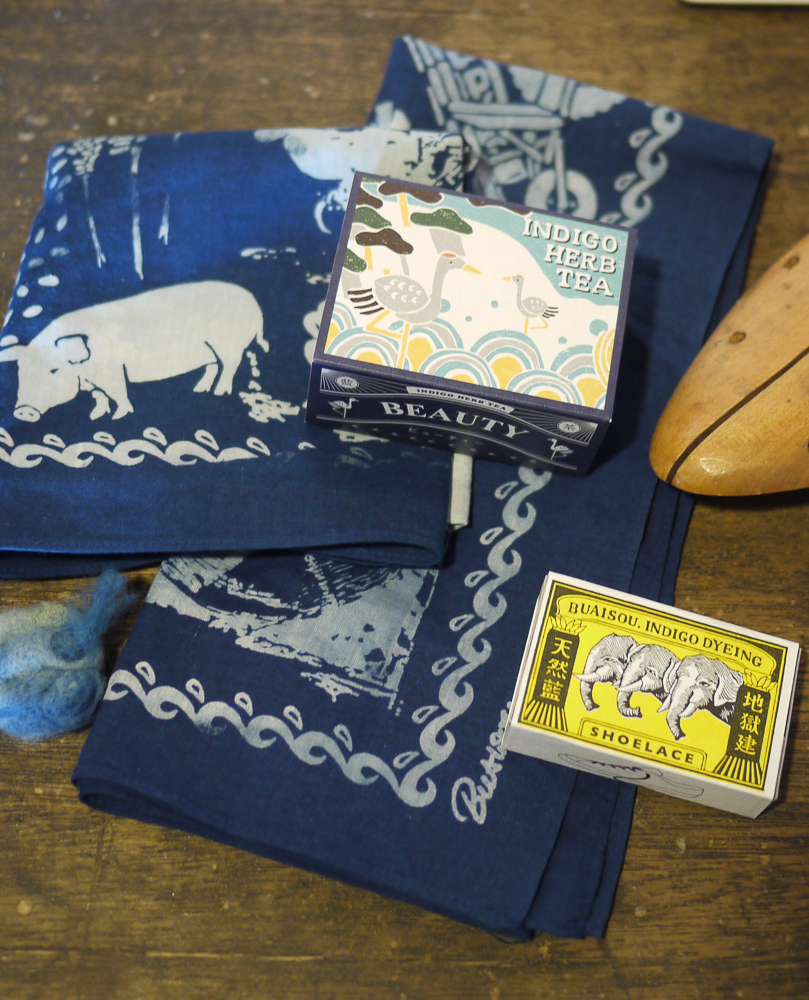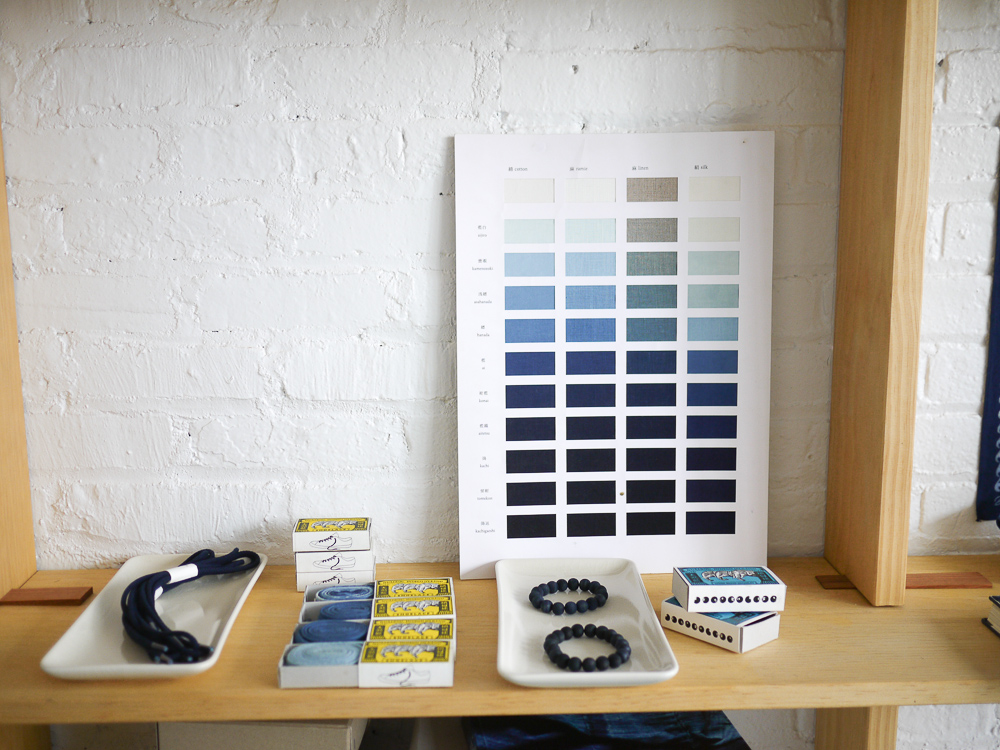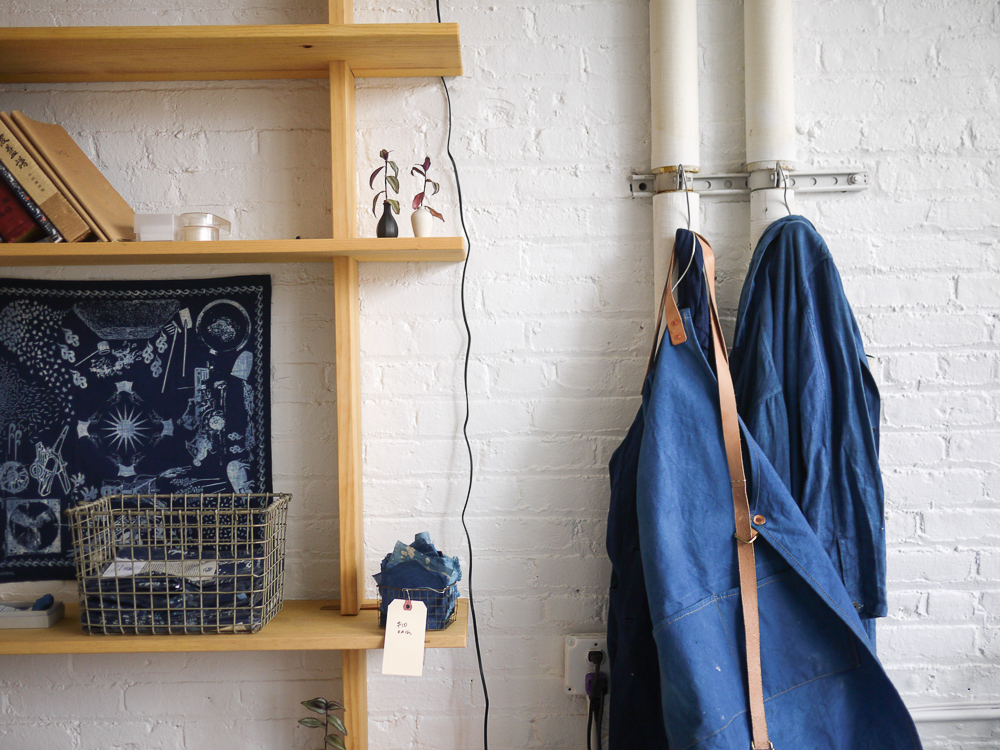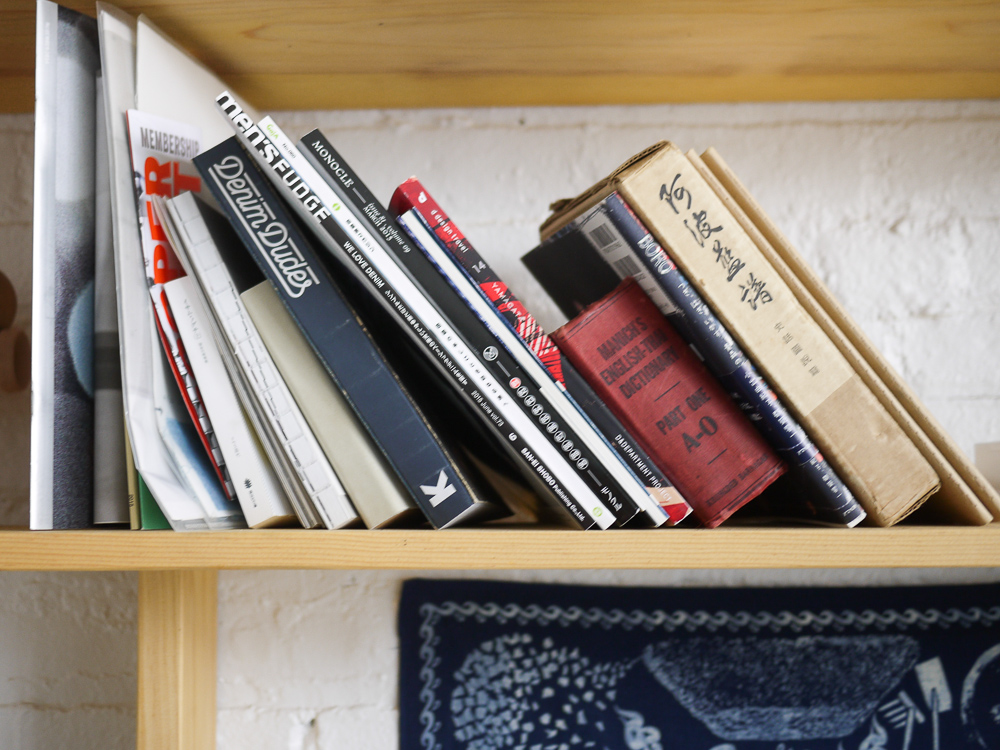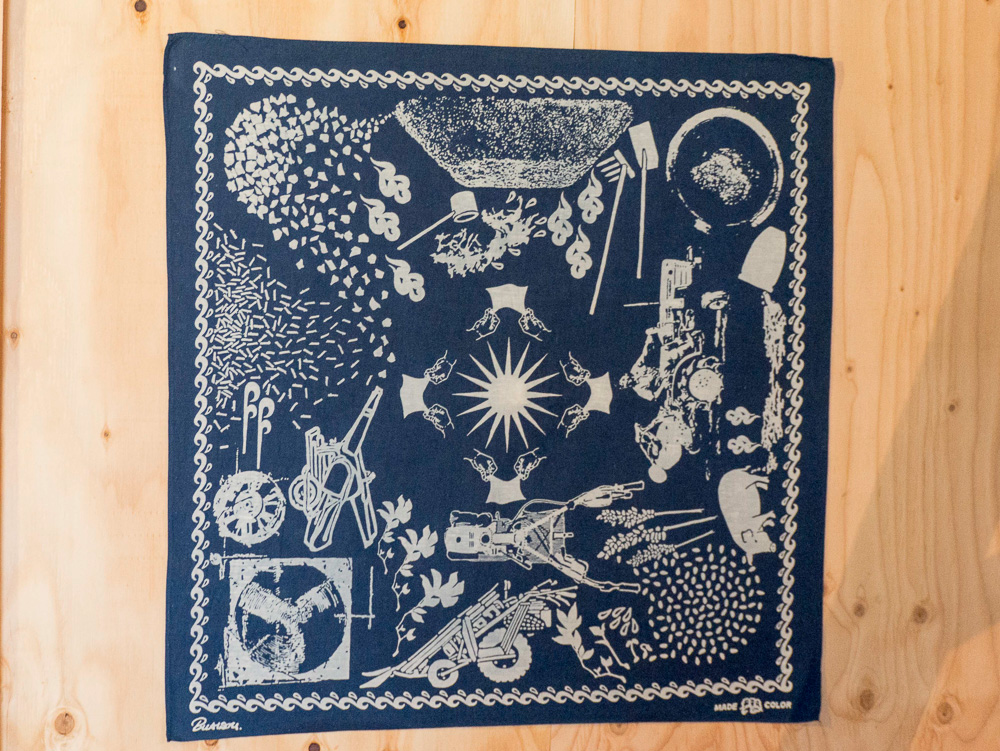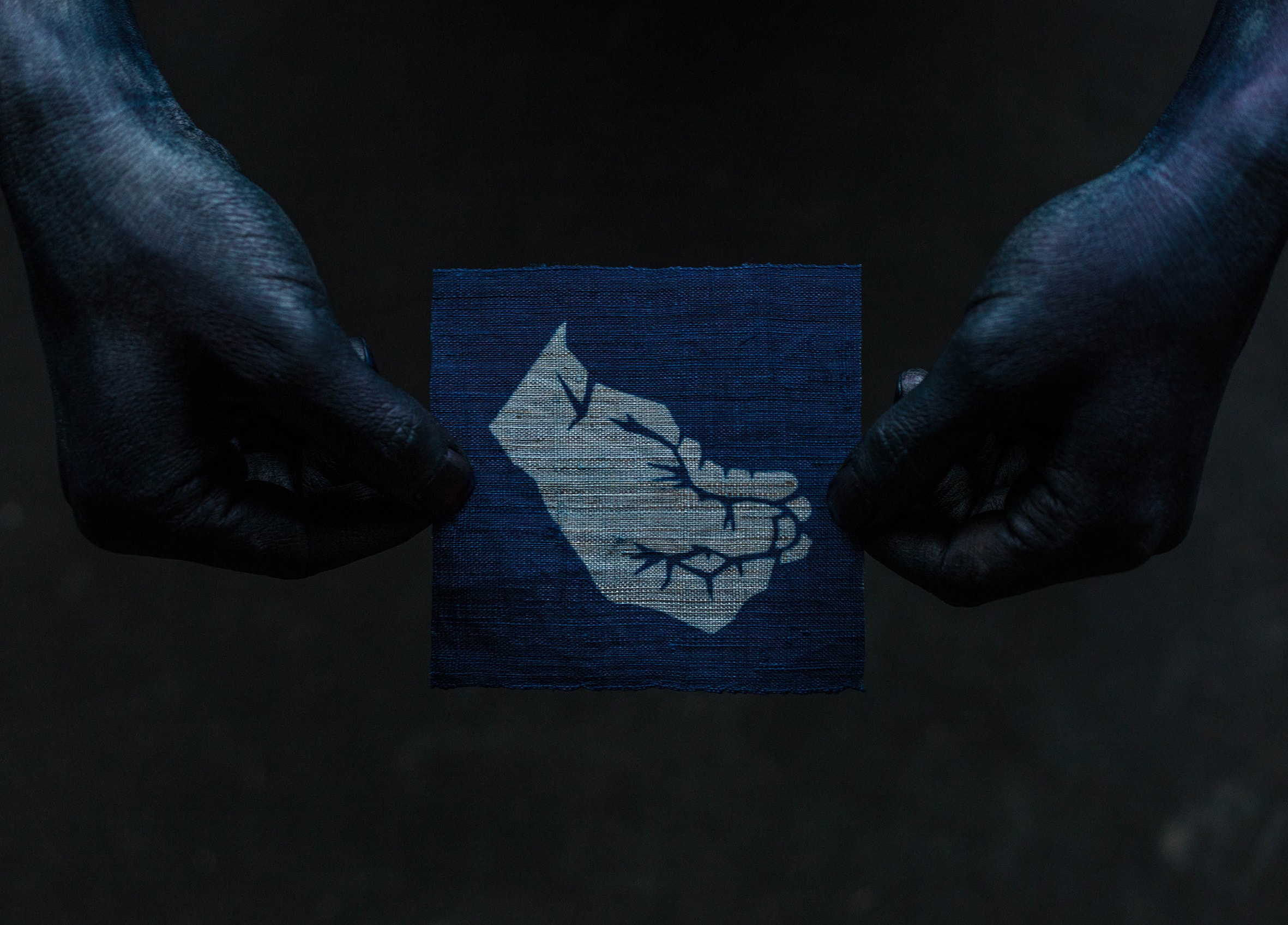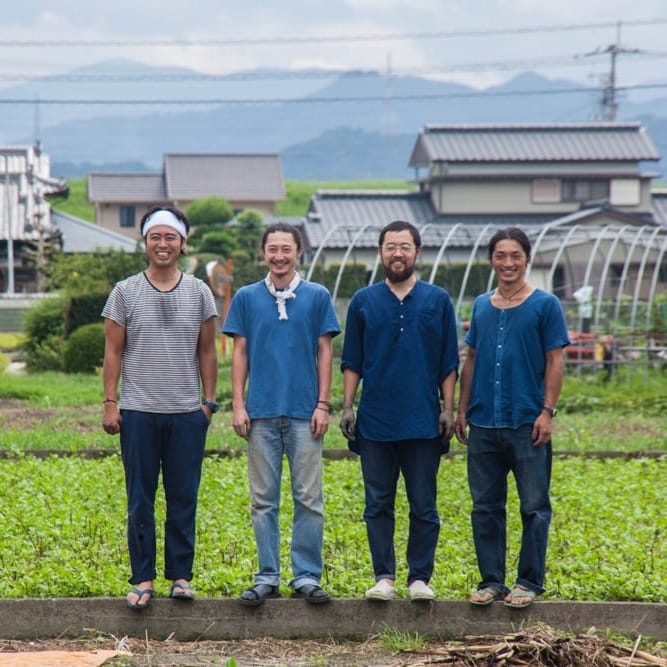During Japan's Edo period at the beginning of the 19th century, indigo-blue was at peak popularity and there were some 1,800 indigo farmers in Tokushima prefecture.
Today, there are five.
Farmers stopped growing the labor-intensive crop as they aged or turned to more profitable produce like carrots, literally making indigo farming a dying craft.
The sixth and youngest indigo farm in Tokushima, BUAISOU, was founded in 2012 by Kenta Watanabe and Kakuo Kaji. The team grew to include Yuya Miura, a tailor, and Yuki Ken - a banker who left his profession to join BUAISOU's "farm to closet" project.
These four artisans grow indigo plants, and through a process of fermentation, they make natural dye that is a rich violet-blue color known as "Japan Blue." They are reviving not one, but two heritage crafts as they take on both farming and dyeing which has traditionally been separate disciplines in Japan. Meanwhile, the team is creating contemporary slow made products such as tote bags, aprons, and menswear items.
Join me on a visit to BUAISOU's farm and dye studio in Tokushima, Japan located in the eastern part of Shikoku Island near the Yoshino River, surrounded by mountains. I'll also take you to the other side of the world to Brooklyn, New York to check out the brand-new BUAISOU Brooklyn where workshops are open to anyone who wants to dip into the inky sukumo indigo vat.
Journey through Japan
The day that we visited BUAISOU in May 2015 began on the nearby "art island" of Naoshima and ended in Tokyo. Even though our visit to BUAISOU was a short one, it was worth the trip. We took the morning's first ferry to Takamatsu, then drove 2 hours to Tokushima with our very kind Japanese friend that delivered us to a patch-worked region of carrot, corn, and rice fields. The journey was punctuated by a wrong turn that ended happily after a friendly farmer lead us to the BUAISOU farm in his white toy-sized truck after casually waving out the window as if to say "Follow me!"
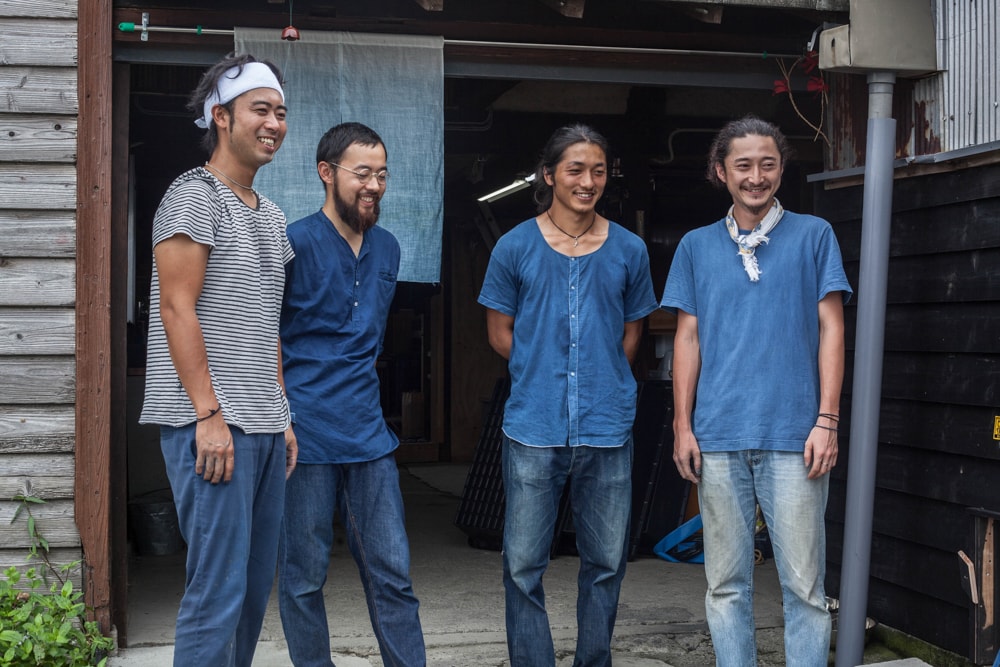
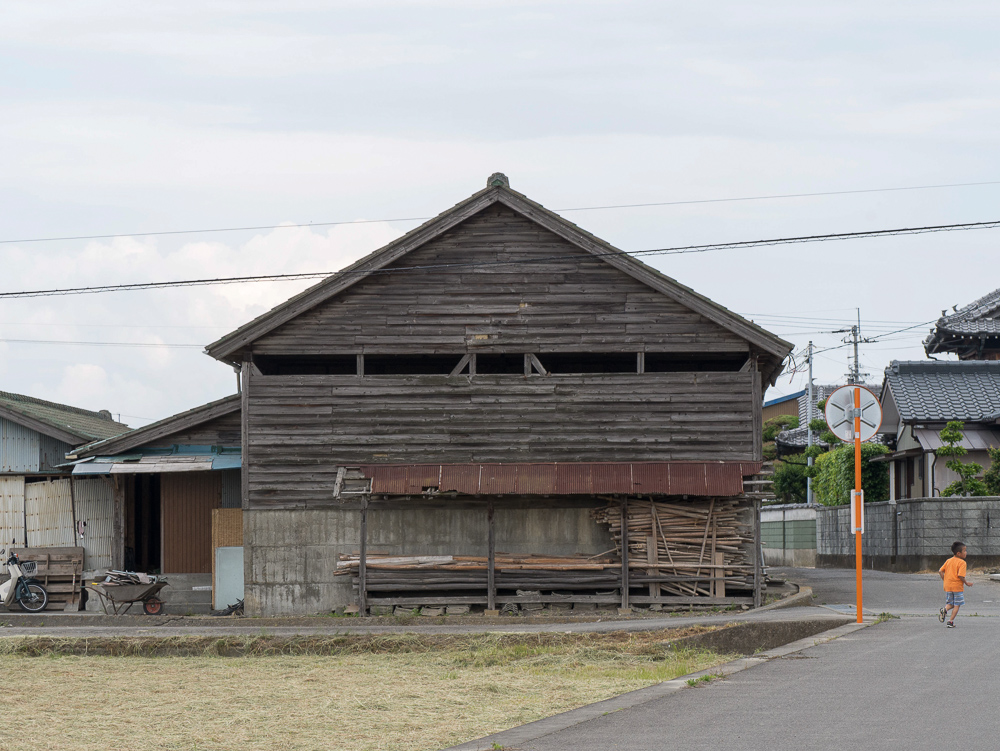
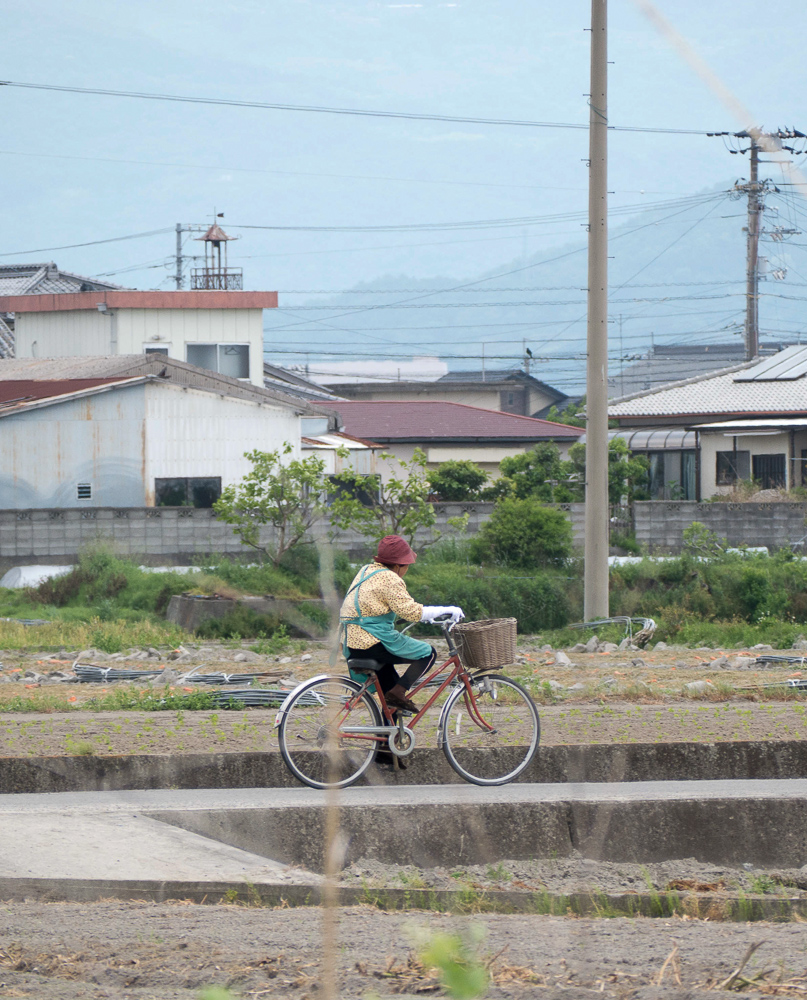
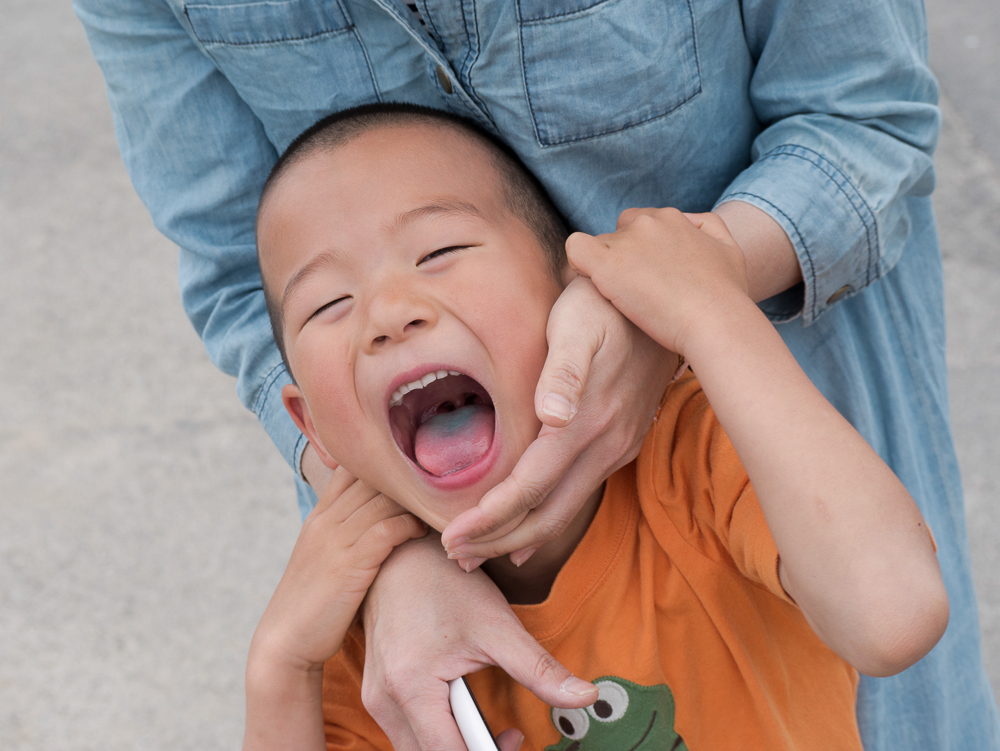
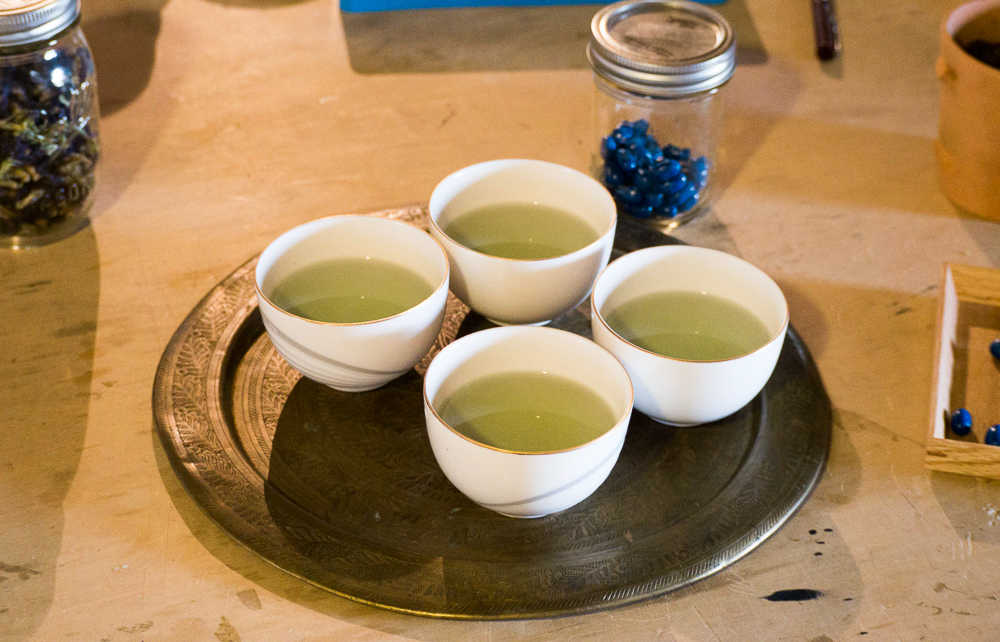
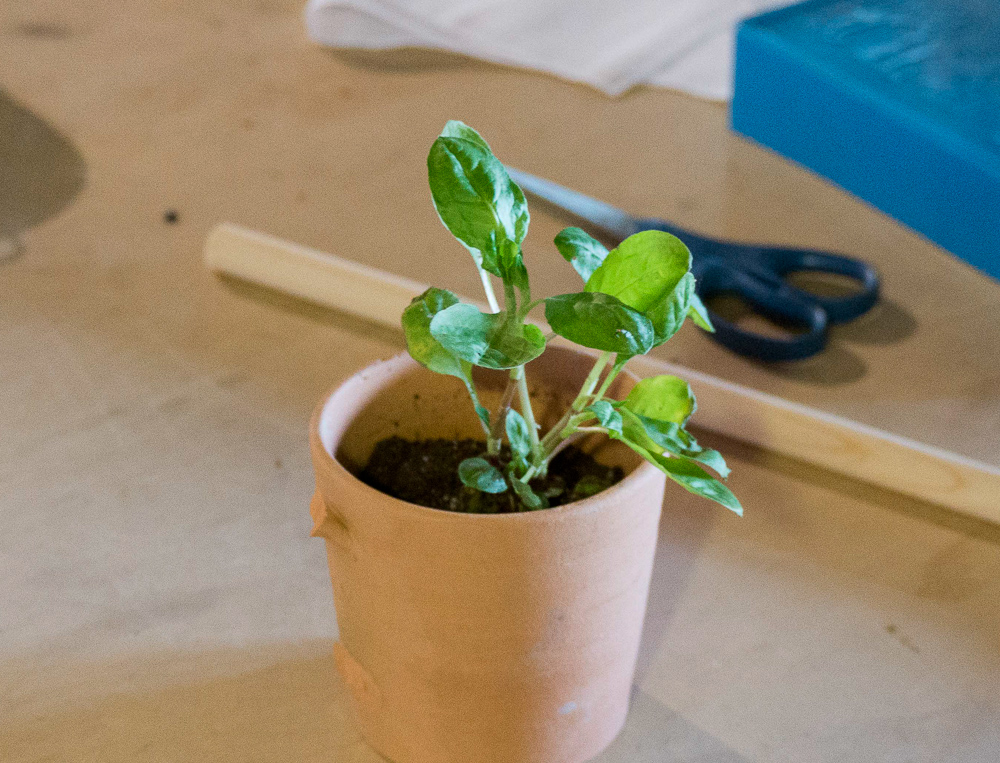
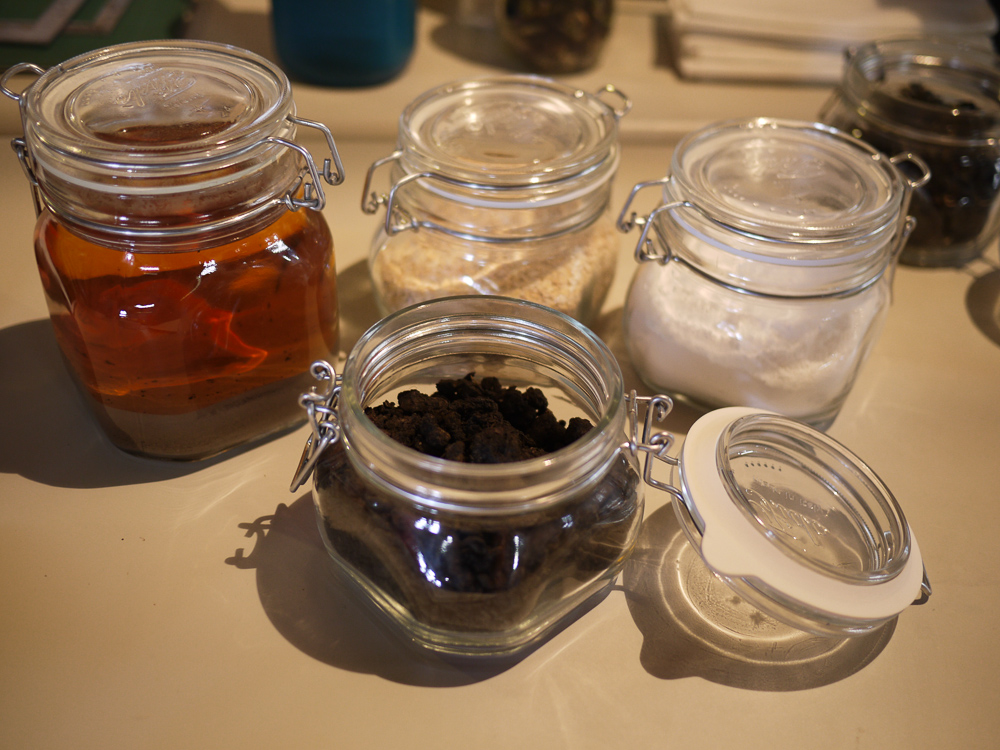
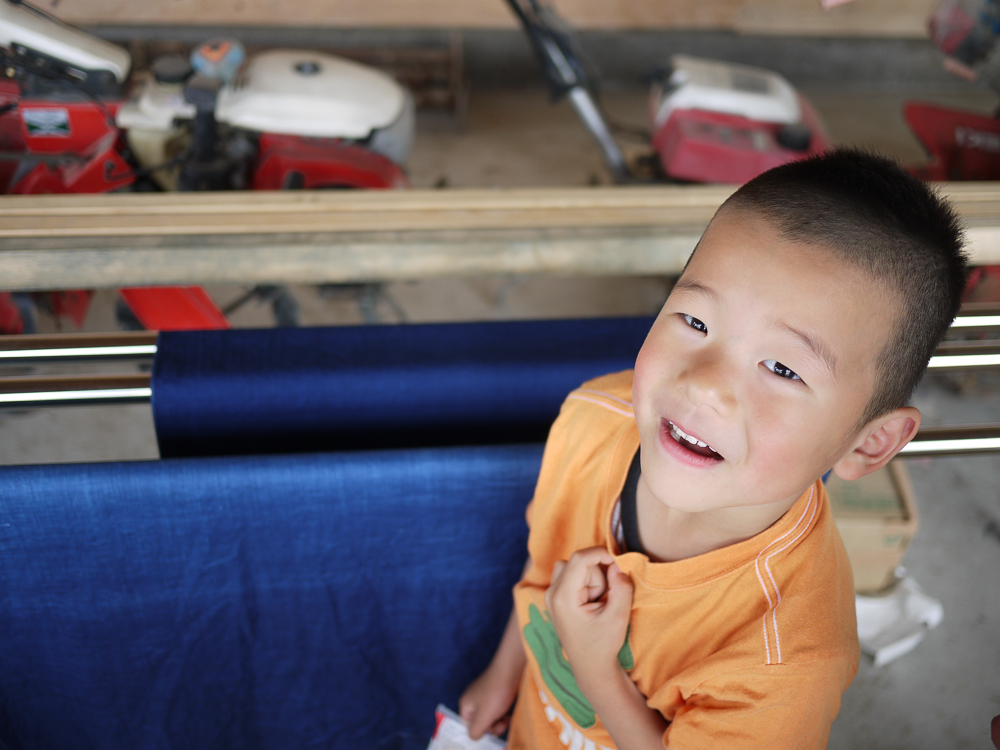
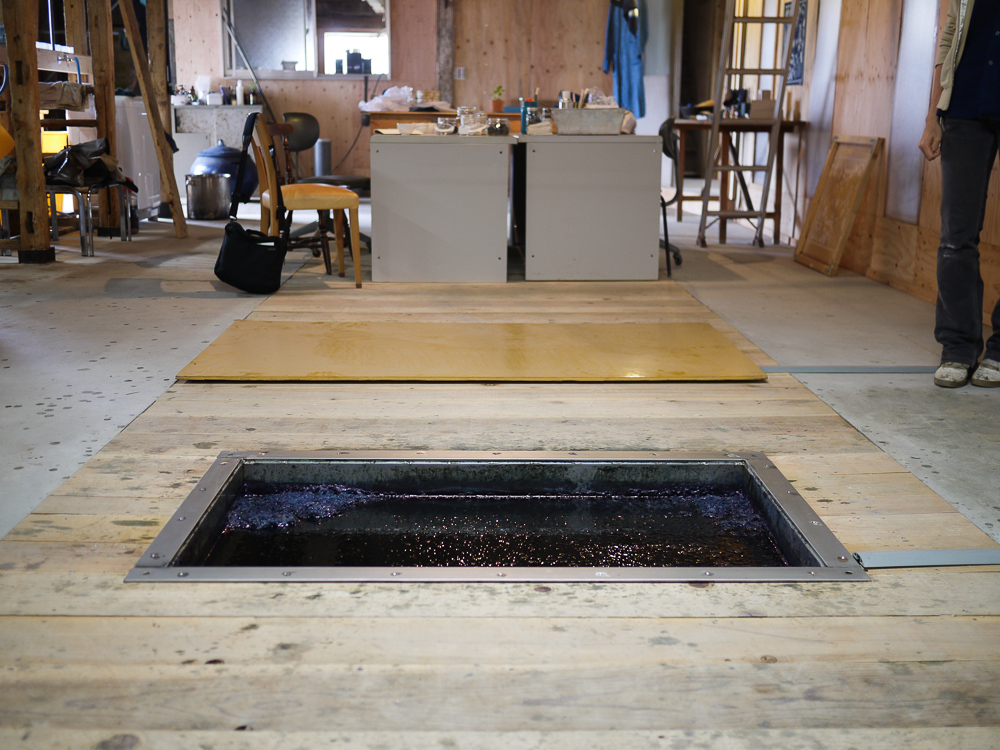
Kyoko Nishimoto, the manager at BUAISOU, warmly greeted us with indigo tea and a tour of the fields which had recently been planted. Indigo leaves make a soothing soft tea and the plant has been used around the world for thousands of years not only as dye for textiles, but in art, and as natural medicine.
The rustic barn that is home to the small company and their pet dog is part of Tokushima's agriculture community. Kyoko told me that they are often given produce from neighboring farms and I spotted a fresh basket dropped off at the kitchen door. The barn itself is old and is under renovation - yet another project the team has undertaken in addition to farming, dyeing, and creating contemporary products - to make studios and workshop space for visitors.
The way that natural indigo dye is made in Japan is different to the process I know in Northern Thailand, where it is made into paste. The Japanese tradition involves composting the indigo leaves into sukumo, fermenting it and mixing in ash lye, calcium hydroxide, and wheat bran. Like the Thai process, yarns and garments dipped into the indigo vat turn darker with every layer and can be washed later without color bleed.
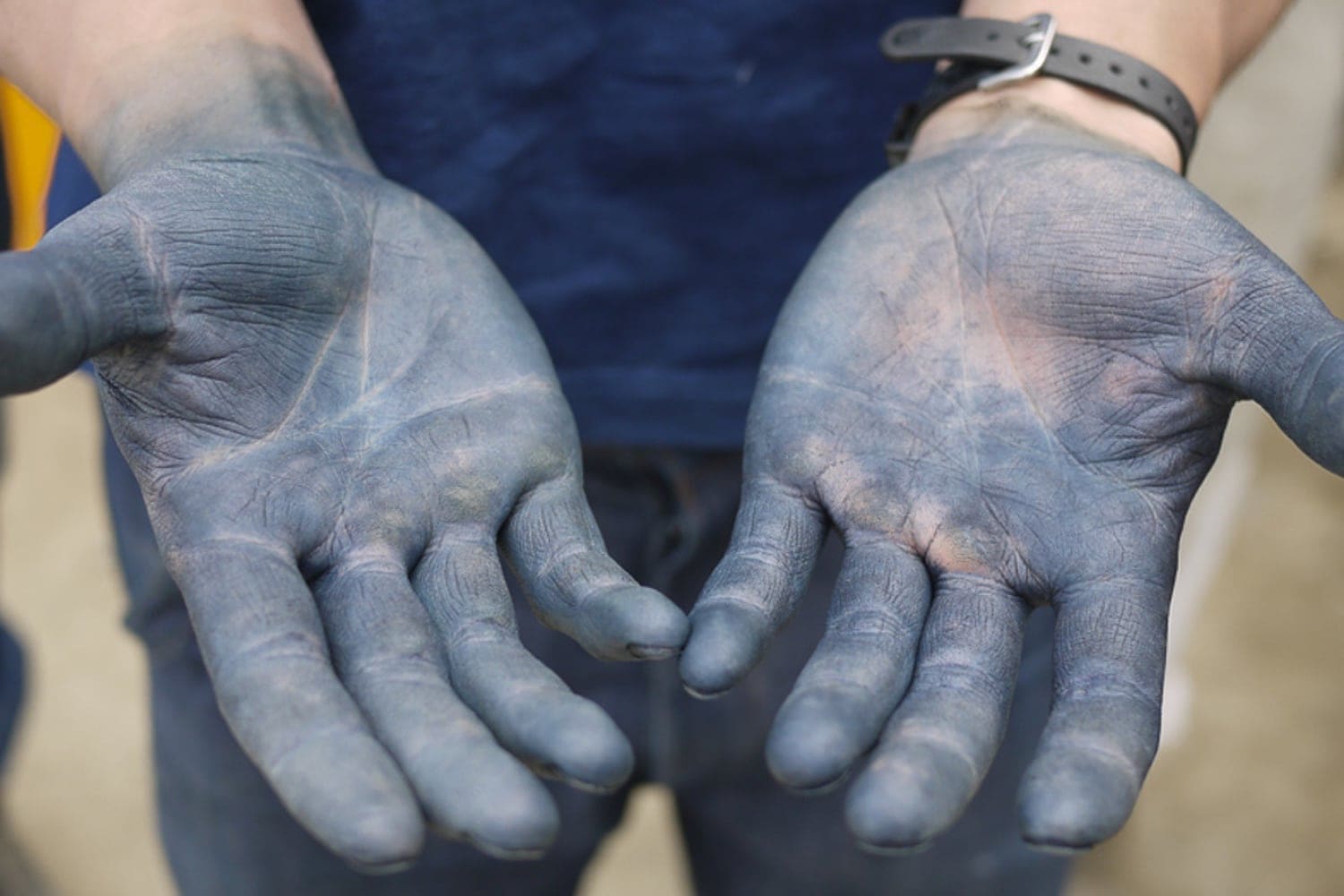
It's clear that the BUAISOU team is wholeheartedly devoted to indigo. One could easily say they have mastered their craft, but the team would humbly disagree claiming that they are still learning from master Osamu Nii, a local sixth-generation indigo farmer who regularly checks in on the nedoko room where the sukumo ferments. The indigo leaves must be stirred and sprinkled with water once a week for 120 days before it is ready to be mixed with ash lye, calcium hydroxide, and wheat bran and brought to life.
Buaisou in Brooklyn
BUAISOU Brooklyn had only been open a few weeks when Director Sayaka Toyama showed me around. Their new space is in a quintessential Brooklyn loft studio in Bushwick. The urban setting of the Brooklyn neighborhood was a contrast to Tokushima's quiet farmland that I had visited a month earlier.
Sayaka is a Japanese woman living in the States who told me the story of how she met Kenta, one of the BUAISOU's founders of in Tokushima: he visited New York City last year and rented a room on Airbnb that Sayaka was hosting. Kenta was looking to organize an indigo workshop, so in a quick two-day period Sayaka gathered a group and the first BUAISOU workshops were held at her apartment.
Now Sayaka works in their new location at 117 Grattan Street at the Venus Knitting Mills Building managing the indigo vats with materials sent from Tokushima. She often sends photos of the vats she has prepared for advice from Kenta and the team in Japan, but knowing when a vat is ready to dye with is largely instinctual. The bubbles have to appear a certain way, and there is a distinct leafy-natural smell to a live indigo vat.
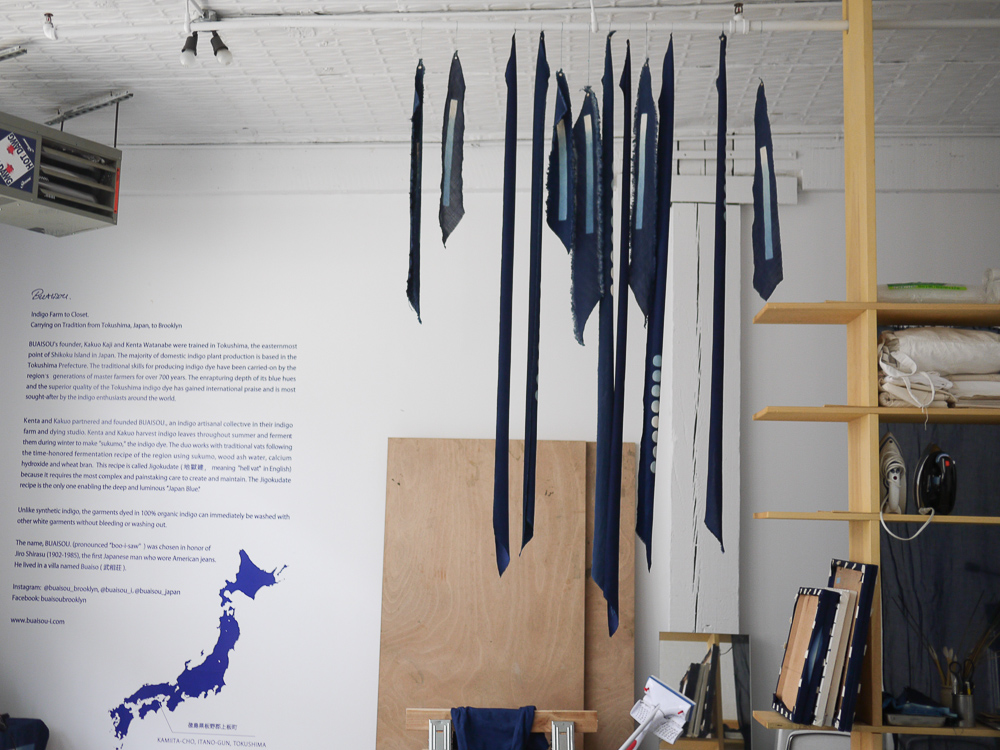
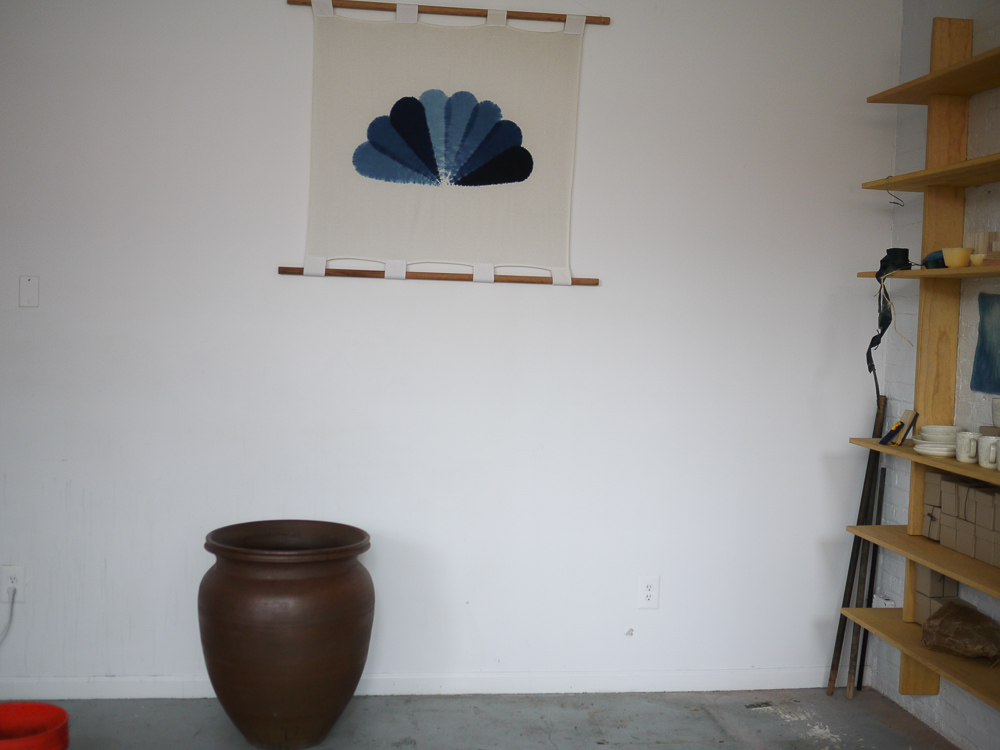
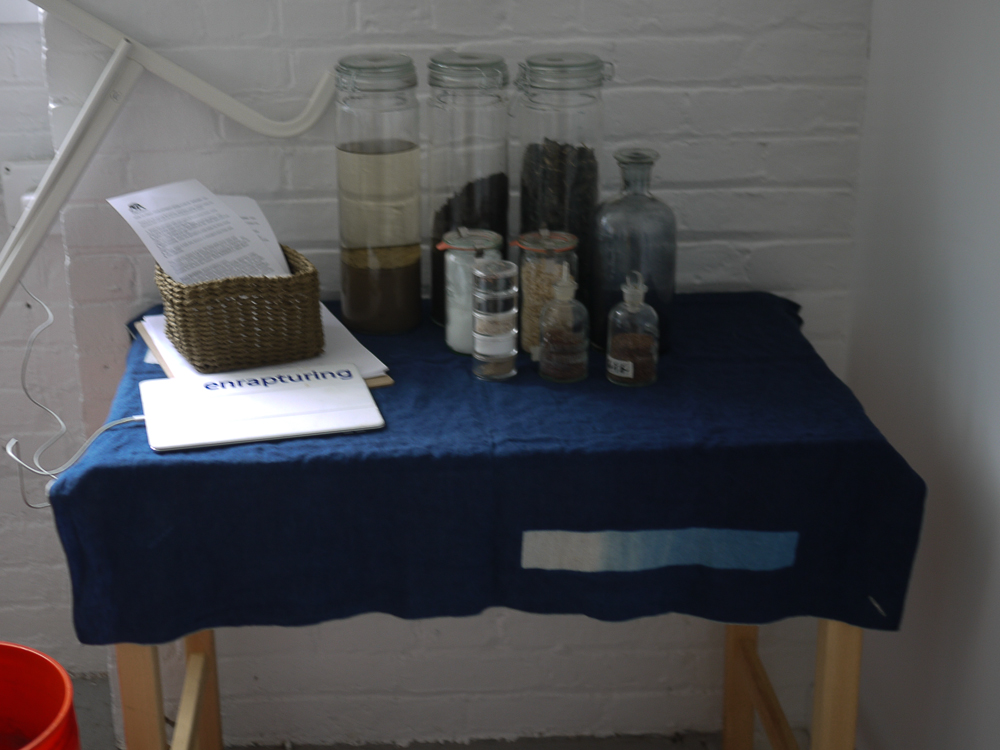
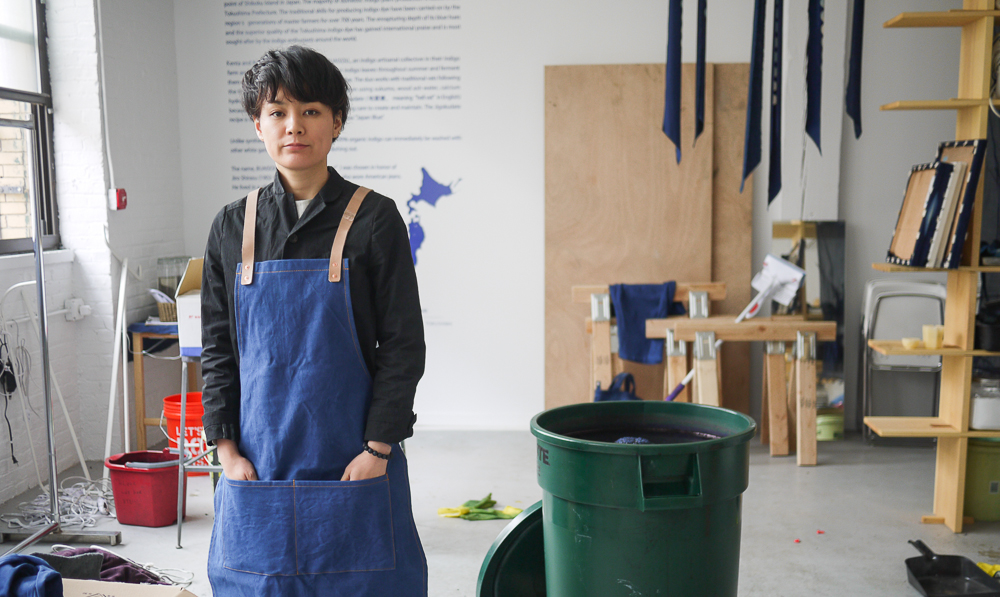
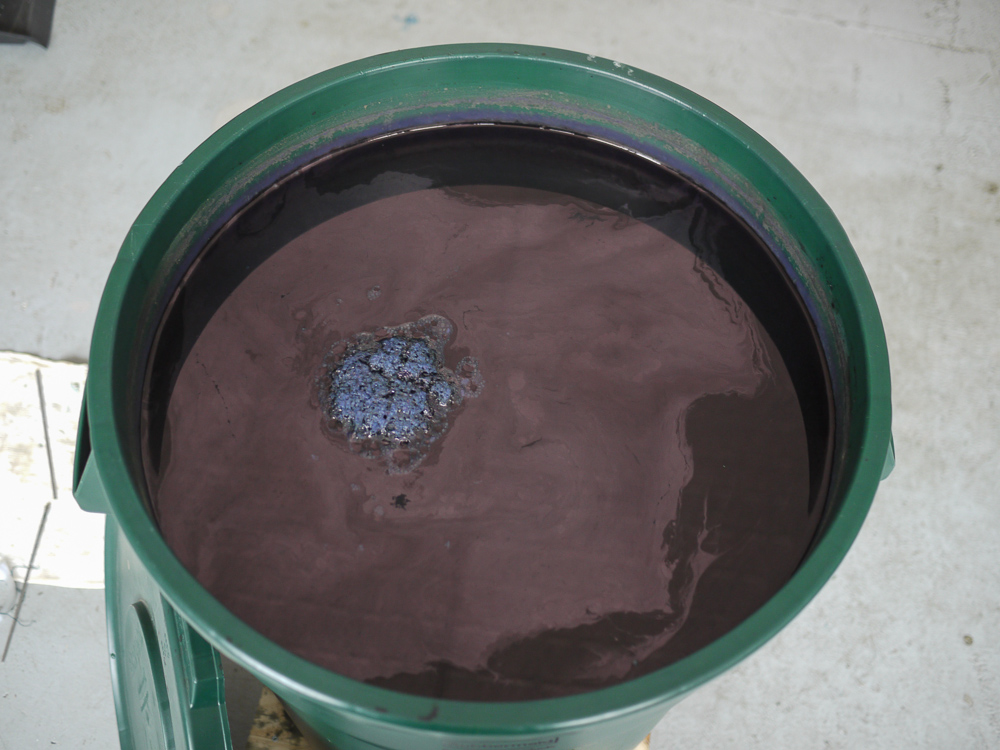
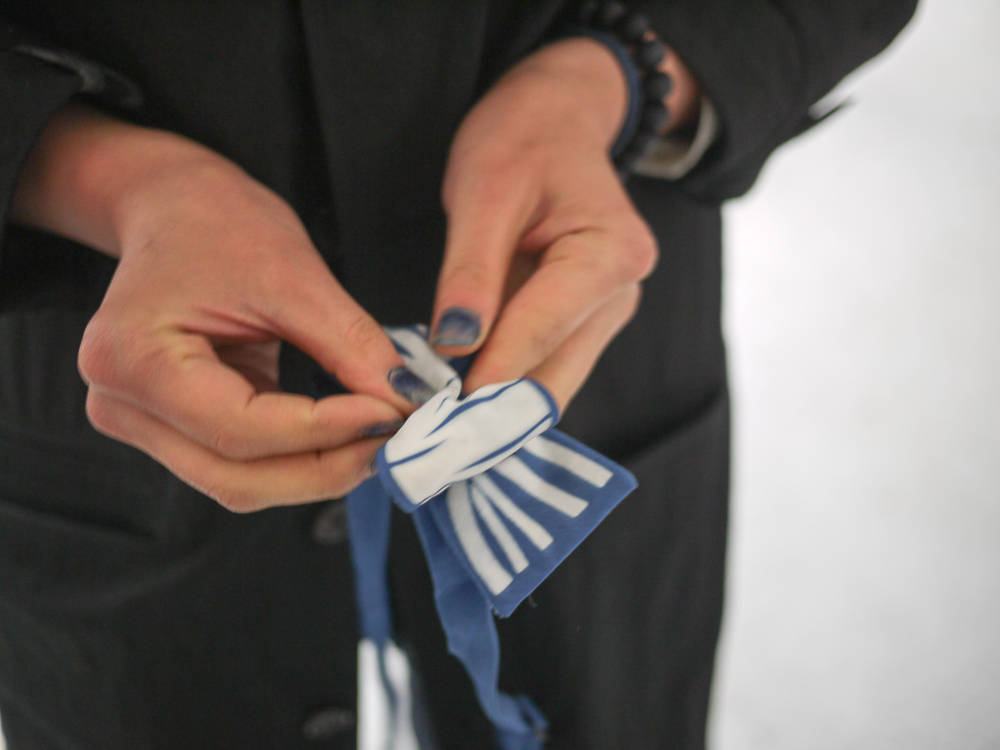
Introductory workshops in Brooklyn are held on Tuesdays, Saturdays, and by appointment. Japanese families, artists, and designers often attend workshops to dye textiles, upcycle old garments into something new, or practice techniques such a shibori, a type of tie-dye in Japan which is executed in an organized fashion. The BUAISOU team occasionally pops-up at international locations offering workshops - most recently in Singapore and in Paris.
Watch the video below for a full visual explanation on the Japanese indigo process which gives you a sense of BUAISOU's playfulness as well as their heartwarming dedication to the craft.
